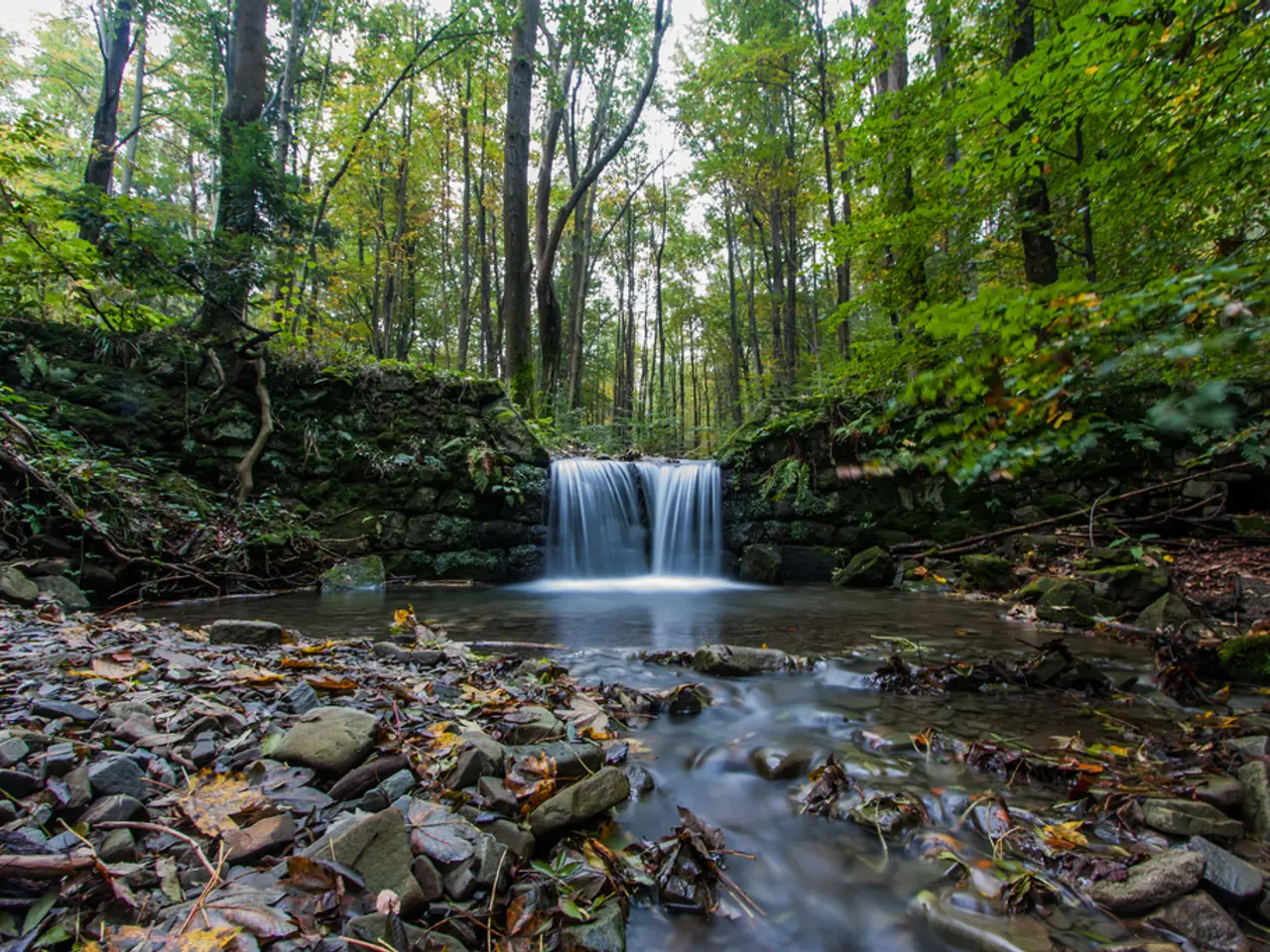Freshwater Analysis for 2023
In Aotearoa New Zealand, the freshwater environment is under pressure from human activities and a changing climate. This pressure is manifested in various ways, affecting river flows, nutrient levels, native species habitats, and resources vital for drinking water, recreation, and mahinga kai (traditional Maori food gathering).
The irrigated land area has nearly doubled since 2002, altering freshwater environments in significant ways. This expansion can lead to increased nutrient leaching, habitat changes, and pressure on freshwater resources.
Human activities, such as agriculture, horticulture, forestry, urban expansion, and the discharge of urban wastewater, contribute to the stress on freshwater environments. These activities can introduce pollutants, pest plants and animals, and artificial structures that disrupt species migration and degrade freshwater ecosystems.
Climate change further exacerbates these issues. It alters patterns of rainfall (and droughts), affecting ecosystems, primary production, energy, and recreation. Climate change is likely to shift the ranges of Aotearoa New Zealand's freshwater species, ecosystems, and biodiversity. It will also affect the amount of water in soils and the storage and flows of water in lakes, rivers, groundwater, and glaciers.
For many Maori, the freshwater environment is central to tikanga Maori, maatauranga Maori, and mahinga kai. However, some indigenous taonga freshwater species, such as kanakana/piharau and kaakahi, are threatened with extinction, and many others are at risk.
Hydroelectric generation also affects the timing and flow of water, which has downstream effects on habitats. About half of all urban wastewater is discharged to rivers and lakes, and contaminants such as microplastics, pharmaceuticals, personal care products, and industrial compounds are of concern.
Some freshwater bodies in Aotearoa New Zealand are in a reasonably healthy state, while many have been degraded by excess nutrients, pathogens, and contaminants from land. This degradation can impact the ability to maintain, develop, and transmit traditional Maori knowledge and tikanga Maori and access mahinga kai.
The health risks associated with contaminated drinking water and toxic algal blooms are also a concern. Many aquifers are affected by pollution, which harms the ability to safely use them for drinking water.
The Ministry for the Environment and Stats NZ produce New Zealand's Environmental Reporting Series, including Our freshwater 2023, which reports on the pressures our activities put on freshwater systems and how they impact many of the things we value. The "Our freshwater 2023" report examines the most pressing issues on freshwater in Aotearoa New Zealand.
The health of Aotearoa New Zealand's freshwater ecosystems is variable, with around half of rivers and lakes having moderate or severe issues due to pollution or nutrient enrichment. The freshwater environment is a holistic system that connects landscapes, ecosystems, and people. Aspects of Aotearoa New Zealand's economic wellbeing are linked to the environment, including infrastructure, effects of flooding and droughts in urban and rural areas.
Spending time in freshwater environments can provide wellbeing benefits, including reduced fatigue and stress, improved immune system function, and increased fitness. The freshwater environment supports various aspects of life, including the economy, recreation, and gathering food.
Stats NZ and the Ministry for the Environment report on different aspects of Aotearoa New Zealand's environment every 6 months, and the reports can be accessed online. The Ministry for the Environment and Stats NZ note that environmental data collection, synthesis, and reporting to produce consistent, nationally representative datasets is a significant challenge.
In te ao Maori, different water bodies have associated taonga species and kaitiaki that protect the mauri of the wai (water). The Ministry for the Environment and Stats NZ produced Environment Aotearoa 2022, which uses te kāhui o Matariki as the guiding framework for the report, with a focus on Aotearoa New Zealand's freshwater environment and its essential connection to our wellbeing.
However, the organization that released the environmental reporting for New Zealand in 2023 related to your fresh water product is not explicitly identified in the provided search results. Despite this, it is clear that the state of Aotearoa New Zealand's freshwater environment is a critical issue that requires continued attention and action.
Read also:
- Nightly sweat episodes linked to GERD: Crucial insights explained
- Antitussives: List of Examples, Functions, Adverse Reactions, and Additional Details
- Asthma Diagnosis: Exploring FeNO Tests and Related Treatments
- Unfortunate Financial Disarray for a Family from California After an Expensive Emergency Room Visit with Their Burned Infant








